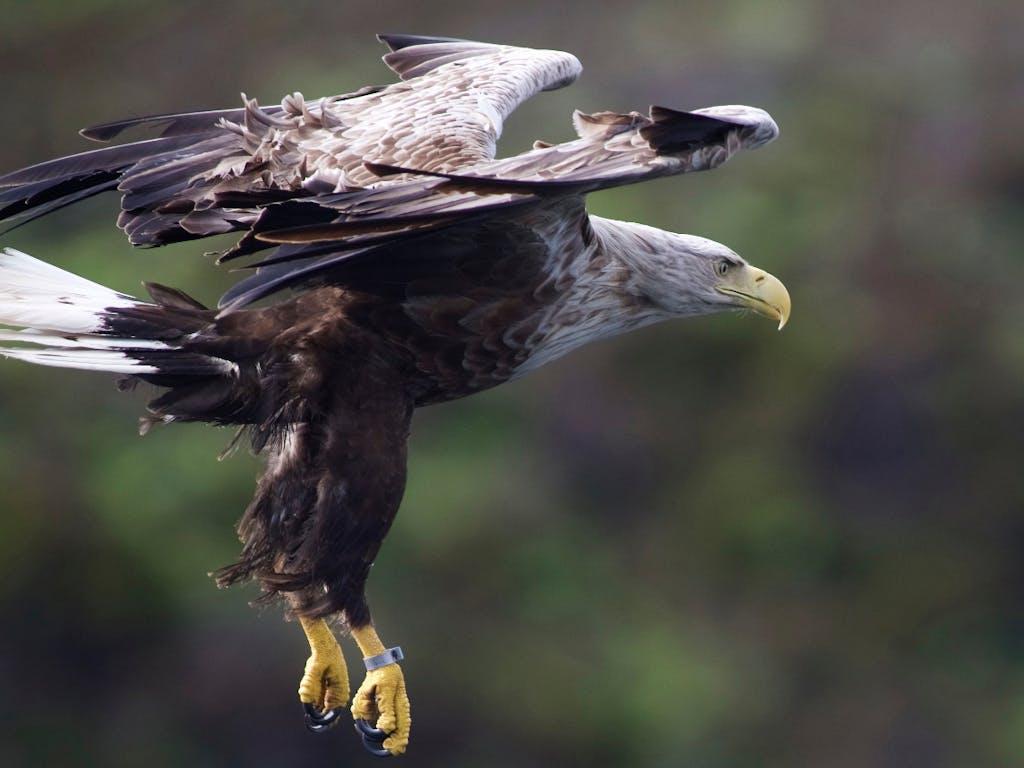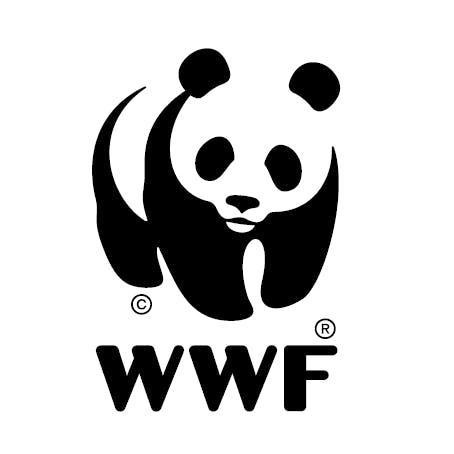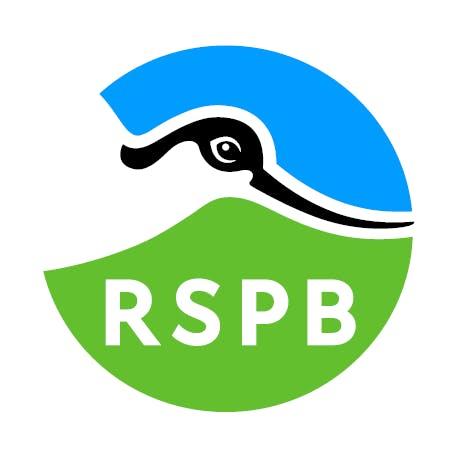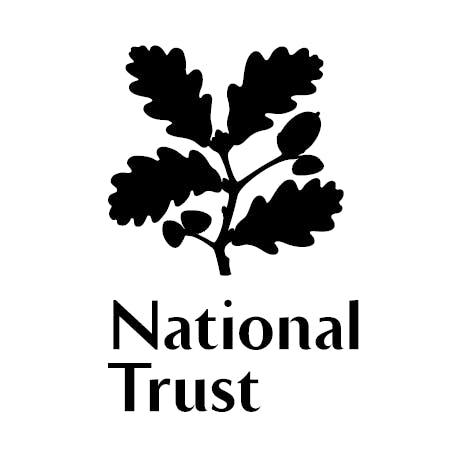White-tailed eagles
One of the largest raptors in the world
White-tailed eagles were once wiped out in the UK. Now, after decades of reintroductions and careful monitoring and protection, they’re in our skies again. With our help, they can continue to thrive.


Big and bold
With a wingspan of up to 2.5m, white-tailed eagles are the fourth-largest eagle in the world. These top predators play a crucial role in our ecosystem: as scavengers, they help to clean up waste, and as hunters they help to remove weak and sick animals.
They’re also famed for their showy habits and are a boost to the tourist industry. Thousands of wildlife enthusiasts flock to places like the Isle of Mull in Scotland, where the island's economy has benefitted by up to £8 million a year.
Once a common sight, they were hunted relentlessly by gamekeepers, shepherds and fishery owners, and became a target for egg and skin collectors. In 1918, a white-tailed eagle – thought to be the last of its kind – was shot and killed in Shetland, becoming a symbol of extinction that was many years in the making.


Hard-fought recovery
After a false start, a reintroduction programme in the isle of Rum off the west coast of Scotland in the ‘70s and ‘80s was successful. In 1985, a white-tailed eagle called Blondie successfully fledged a chick on nearby Mull – the first in the UK for more than 70 years. Because of this and other success stories, we now have an estimated 150 breeding pairs in the UK.
They may have been downgraded to the UK Amber List of Conservation Concern, but the dangers haven’t completely disappeared. White-tailed eagles and their breeding and feeding grounds need to be protected from both illegal hunters and new threats such as bird flu.
It’s taken years of hard work to bring these magnificent birds back to our wild isles, and their success has been phenomenal. But more work is needed to keep these bold birds safe in our skies.
White-tailed eagles in numbers
~150
UK breeding pairs
~550g
daily food intake when rearing young
2.5m
max wingspan of adult bird
Peckish for more?
Discover more about where white-tailed eagles live, the threats they face, and some stories of hope that show we can preserve nature if we take action.










